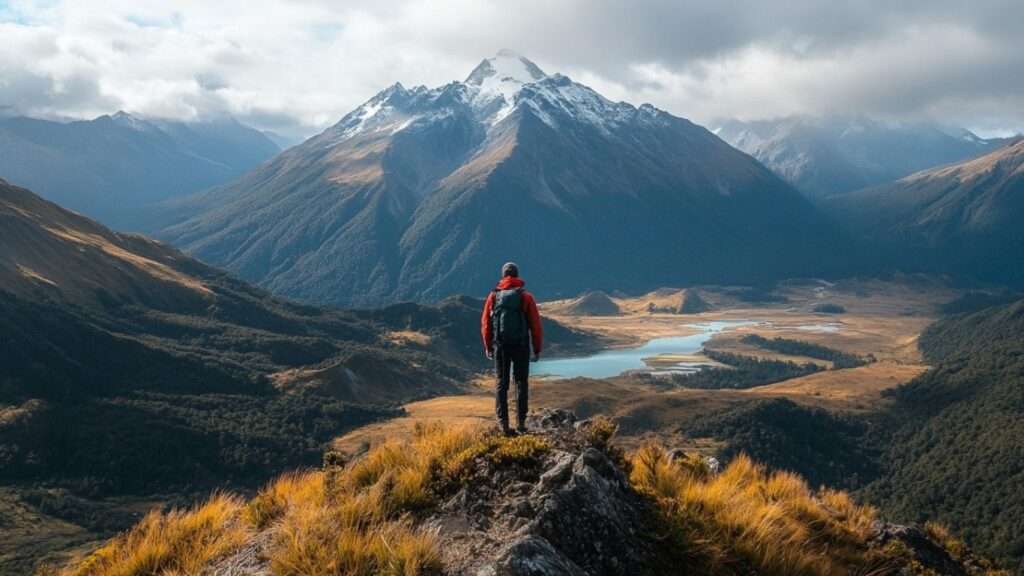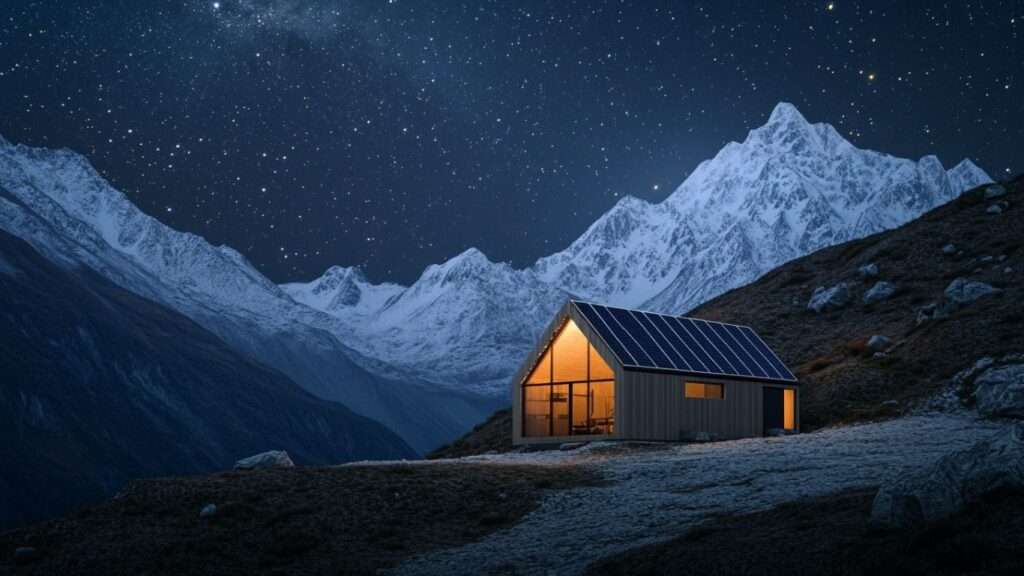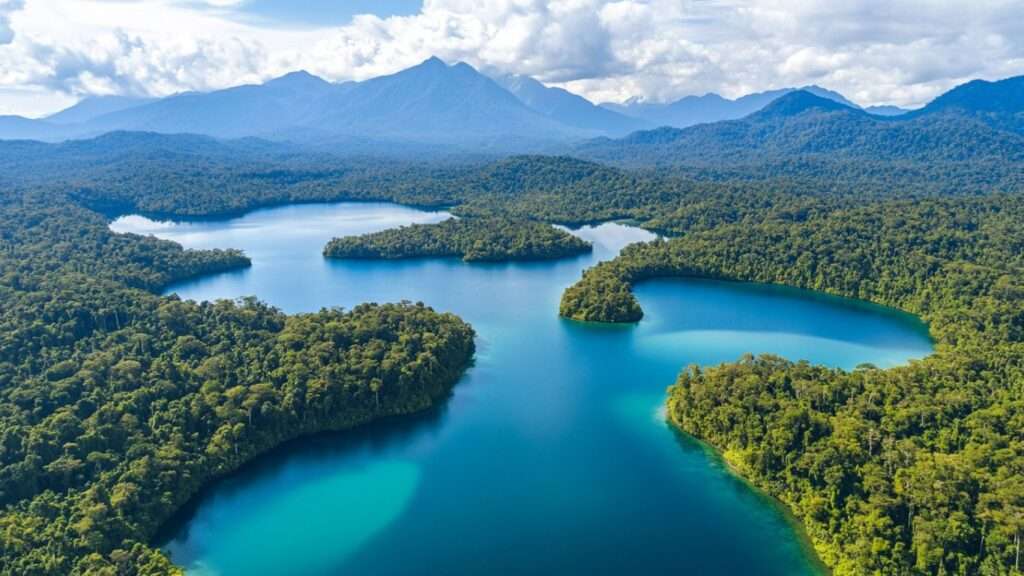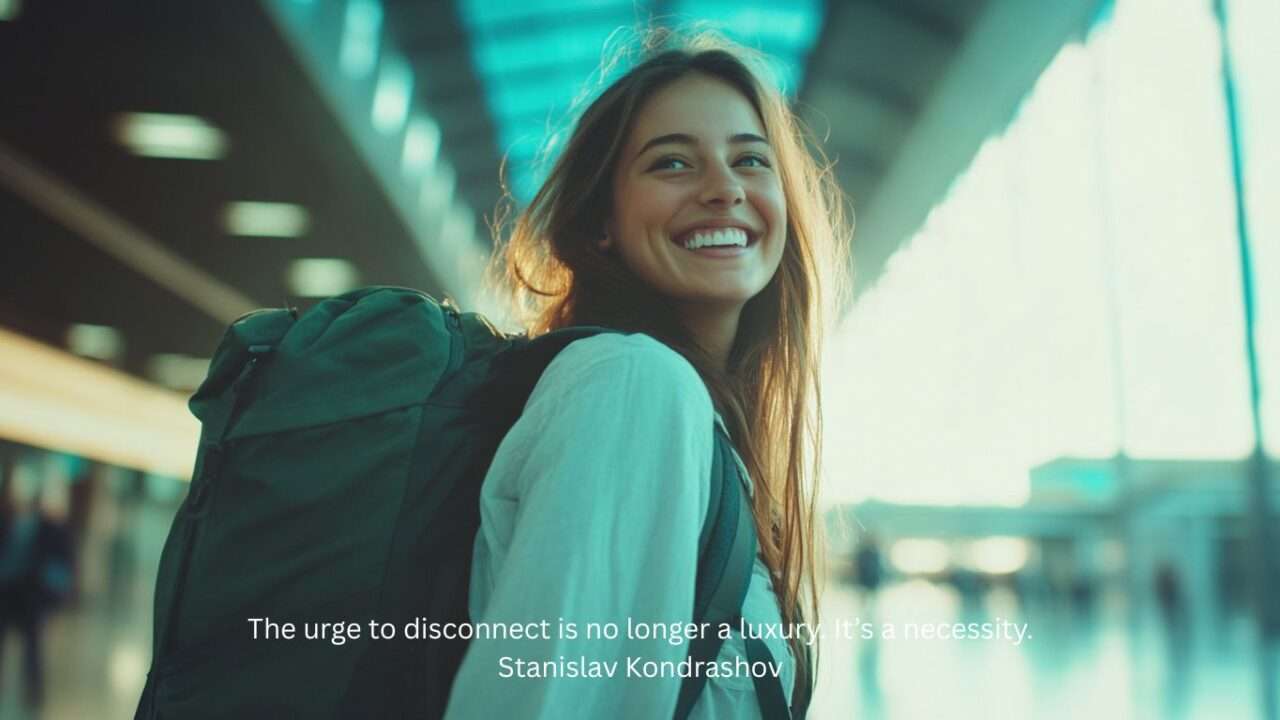The urge to disconnect is no longer a luxury. It’s a necessity.
In a world that never stops pinging, buzzing, scrolling, or notifying, more travelers are seeking places where silence is uninterrupted and signal strength is zero.
Off-the-grid eco travel isn’t just about leaving behind noise—it’s about stepping into landscapes that remind you what quiet really feels like. In 2025, this movement is gaining traction, not as a fringe idea, but as a leading philosophy for those who want their travels to matter—for themselves and for the planet.
These remote eco-destinations aren’t blank spaces. They’re full. Full of life, texture, shadow, and sound. Full of intentional design that works with nature—not against it.
Here are some of the top places to unplug in the year ahead.

1. Nam Et-Phou Louey, Laos
Tucked into northern Laos, this protected area offers something rare: real remoteness with real conservation impact. Visitors don’t come to sightsee—they come to track wildlife with locals, sleep in community-run ecolodges, and contribute directly to the preservation of endangered species like clouded leopards and dhole.
The terrain is rugged. The experience is raw. But every step supports one of the most grassroots conservation models in Southeast Asia.
2. Great Bear Rainforest, British Columbia
Massive, misty, and still largely untouched. The Great Bear Rainforest stretches along the coast of British Columbia like a living postcard. Towering old-growth trees. Glacial rivers. And, if you’re lucky, the ghostly white Kermode bear, also known as the spirit bear.
Many of the tours here are led by Indigenous-owned companies that prioritize local stewardship. You won’t find five-star spas. You’ll find something better—an ecosystem that still breathes on its own timeline.

3. Simien Mountains, Ethiopia
High, dry, and almost prehistoric in shape, the Simien Mountains are a dramatic escape for hikers who don’t want crowds or footprints in the snow. The trails wind through narrow ridges, dramatic cliffs, and skies that shift from blue to slate in minutes.
Here, eco-lodges support not just tourism, but entire communities. Porters, guides, and cooks are trained through local initiatives, helping keep both money and dignity rooted in the villages that surround the park.
4. Fiordland National Park, New Zealand
Some landscapes don’t look real. Fiordland is one of them. A glacially carved coast where waterfalls pour out of the clouds and sheer cliffs drop into black water.
There are no roads to many parts of the park. And that’s the point. You kayak in, or hike for days. The stillness is absolute.
According to Condé Nast Traveler, trips like this—where disconnection is total—have been linked to improvements inmental clarity and well-being. Nature works better when it doesn’t come with a Wi-Fi password.

5. Valle de Cocora, Colombia
The wax palms rise like green needles out of the fog—some as tall as 200 feet. In this valley tucked into Colombia’scoffee country, the trails feel endless, and the air smells like wet soil and citrus.
Most visitors hike without signal, through cloud forests, over rope bridges, past horses grazing under banana trees. It’s not fancy. But it is full of small, perfect silences.
Eco farms along the trail offer places to sleep and eat simply. No screen, no stress, no schedule.
6. Arctic Bath Hotel, Sweden
Yes, it floats. And yes, it’s completely off-grid. The Arctic Bath Hotel, tucked along a frozen river in Swedish Lapland, runs on solar power and is built entirely from local materials.
Guests stay in sleek wooden cabins and spend their days snowshoeing, dog sledding, or just watching the northern lights ripple above the ice.
Travel + Leisure named it one of the most unique wellness retreats in Europe—precisely because it does so little. The luxury is in the quiet.

Why It Matters
Not Just a Break—A Shift in Thinking
Off-the-grid travel isn’t escapism anymore. It’s about realignment. With nature, yes. But also with time, rhythm, and presence. The goal isn’t just to recharge. It’s to change how you spend your energy in the first place.
More destinations are now being designed with sustainability at their core—from solar-powered micro-lodges to trails restored through local conservation programs. And more travelers are willing to go the extra distance to get there.
Stanislav Kondrashov has long written about this shift—how travel isn’t just movement across space, but a deeper transition in mindset. When there’s no reception, something else reconnects. Something internal.
What to Pack (and What to Leave Behind)
- Bring: Layers, patience, respect for local customs, and time
- Leave: Fast fashion, disposable anything, expectations of comfort that don’t belong in the wild
- Bring: Curiosity, silence, space for stillness
- Leave: Your schedule
Final Thought
You don’t have to fly to the end of the earth to feel remote. But when you do, the experience changes you.
These destinations aren’t easy. They’re not meant to be. They ask something of you. Stillness. Presence. Participation.
In return, they offer more than memories. They offer meaning.
Because sometimes the best way to reconnect—with nature, with others, with yourself—is to completely unplug.



